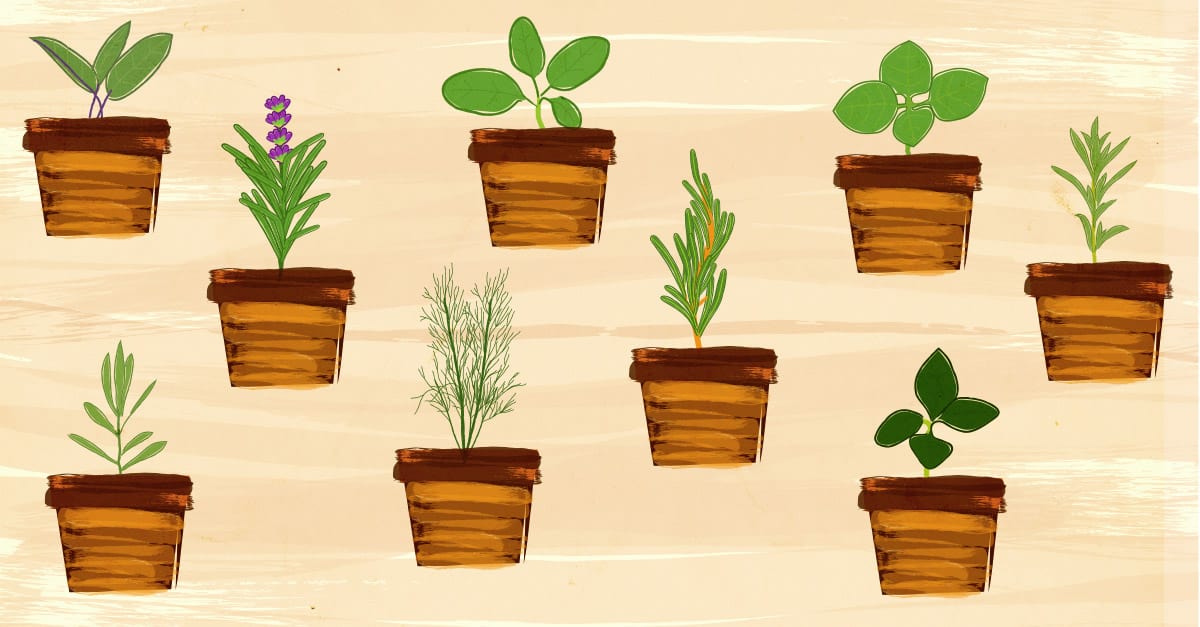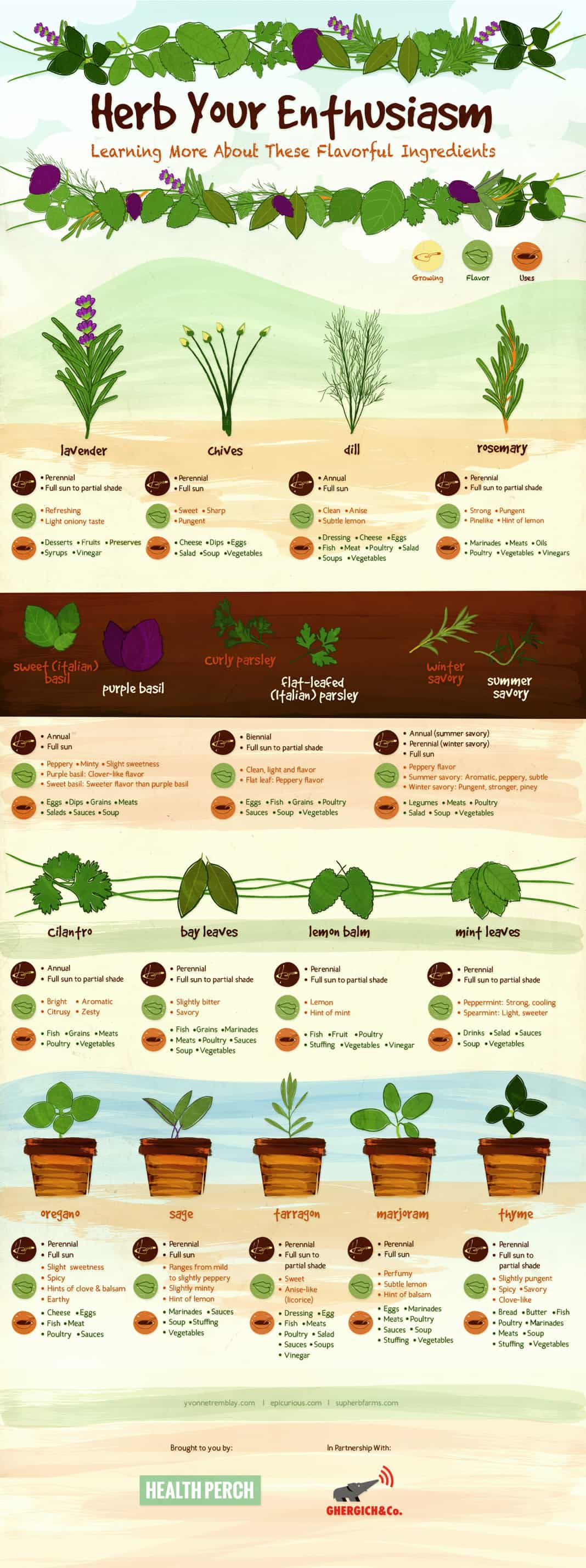Learning More About These Flavorful Ingredients
It’s about thyme you considered growing an herb garden. Herbs are easy to grow and can be incorporated into almost any dish for a flavorful kick.
Heading to a party? Why not bring a dip with some fresh grown chives. Getting ready to grill some meat? Try rubbing it with thyme, first. Knowing what herbs go with what food can be tricky. This infographic will teach you which herbs to use when you cook, what their flavor is so you can try some experimenting and their proper growing conditions.

